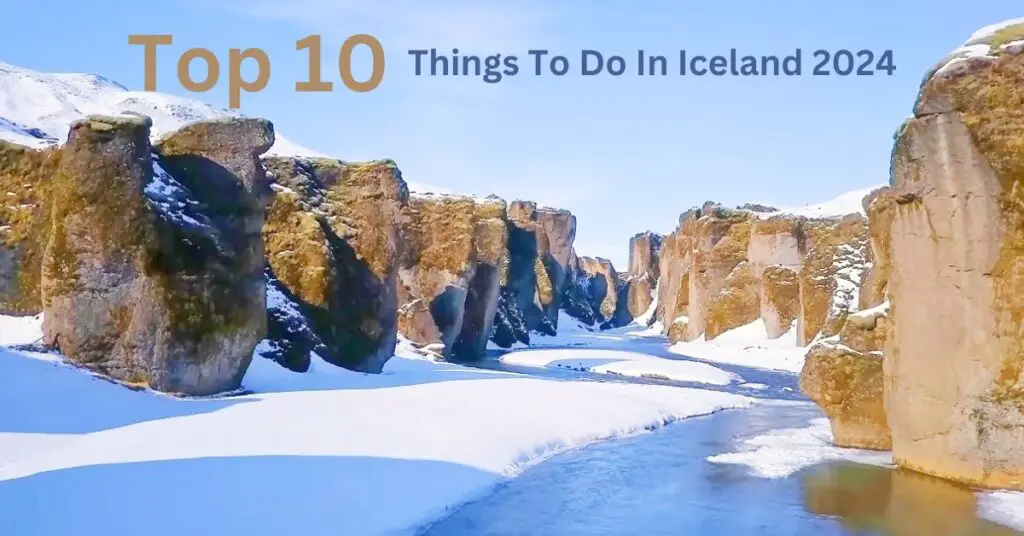Iceland is a land of fire and ice, with glaciers forming volcanoes and geysers erupting from the earth’s crust. It offers a variety of activities for nature enthusiasts, history buffs, and adrenaline junkies. The top 10 things to do in Iceland include visiting the black sand beaches of Vik (Week) and the lush green valleys of Skaftafell National Park, as well as a rich culture and friendly people.
Iceland is a classic destination where breathtaking scenery meets exhilarating experiences, nestled amidst otherworldly landscapes and captivating natural wonders. By 2024, visitors from all over the world will still be drawn to this Nordic island nation because of its exceptional combination of natural wonders, cultural attractions, and heart-pounding adventures. Here’s an enticing overview of the top 10 must-do experiences that ensure an amazing journey through Iceland’s enchanting landscapes, with a plethora of incredible scenery and thrilling things to do waiting to be explored.
1) the Golden Circle:
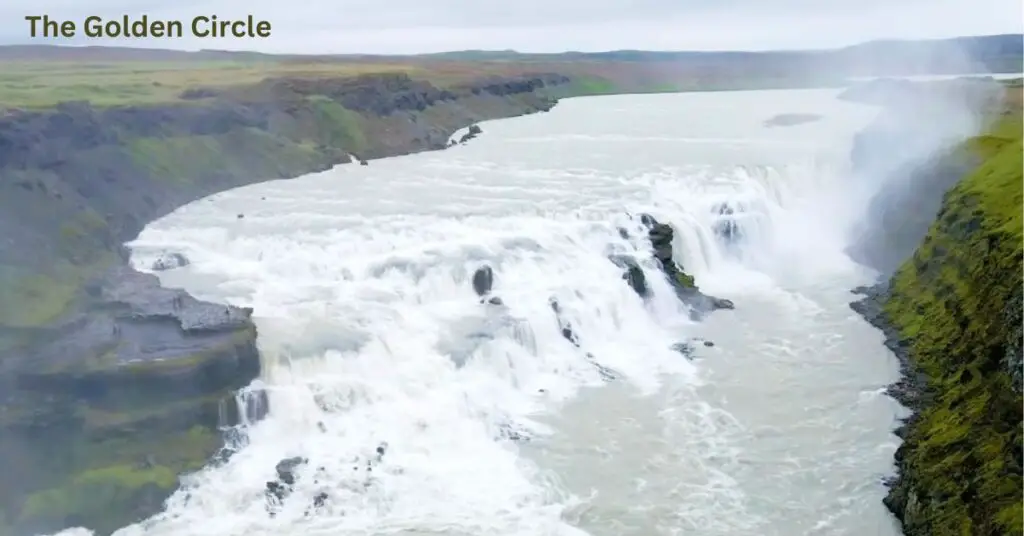
The Golden Circle is a must-see route that highlights Iceland’s geological marvels. This well-traveled tourist route connects three of the country’s most popular natural attractions. Begin your journey at UNESCO World Heritage Site Thingvellir National Park, where you can walk between the North American and Eurasian tectonic plates. Continue to the Geysir Geothermal Area, which is home to the famous Strokkur geyser, and finish with the breathtaking Gullfoss waterfall.
2) the Blue Lagoon:
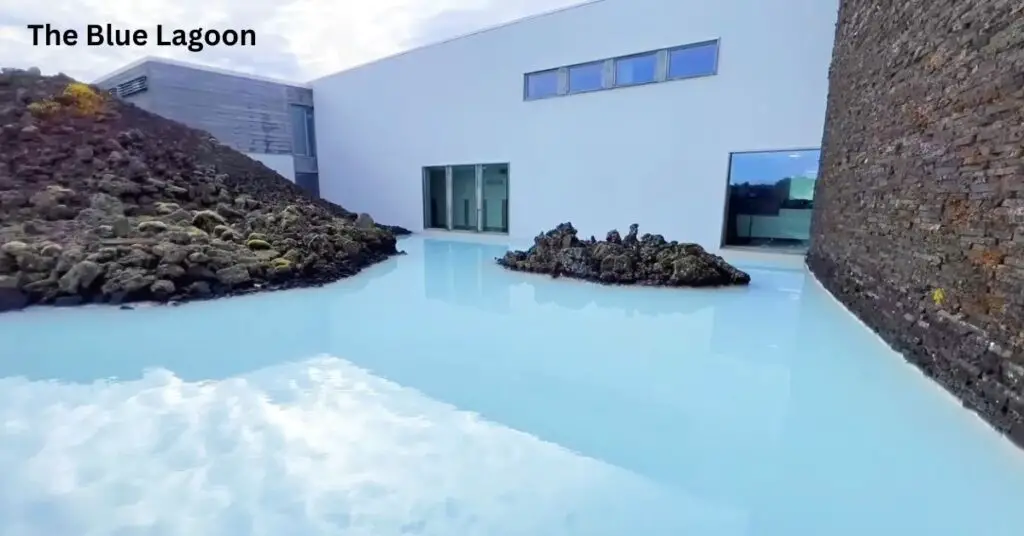
The Blue Lagoon in Iceland is a must-visit spot for anyone looking for a relaxing and rejuvenating experience. This geothermal spa, situated in a lava field, boasts warm and mineral-rich waters that are believed to have skin-healing properties. It’s no wonder why the Blue Lagoon is one of Iceland’s top attractions, offering a serene escape amidst the stunning volcanic landscape.
3) glacier hiking:
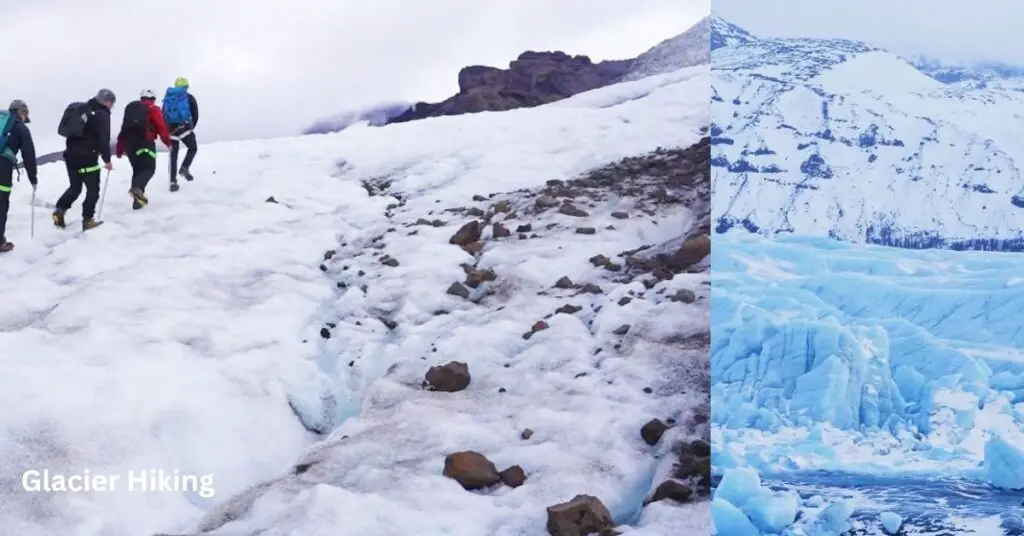
Glacier hiking in Iceland is a popular activity due to the stunning beauty of the country’s glaciers. Guided tours are available from various companies, with most tours lasting 3–4 hours and requiring necessary equipment like crampons and ice axes. Some of the best glacier hike locations include Solheimajökull Glacier, Falljökull Glacier, which is the outlet glacier of Vatnajökull, and Langjökull Glacier, which is the only glacier in Iceland that can be driven up to.
4) the Northern Lights:
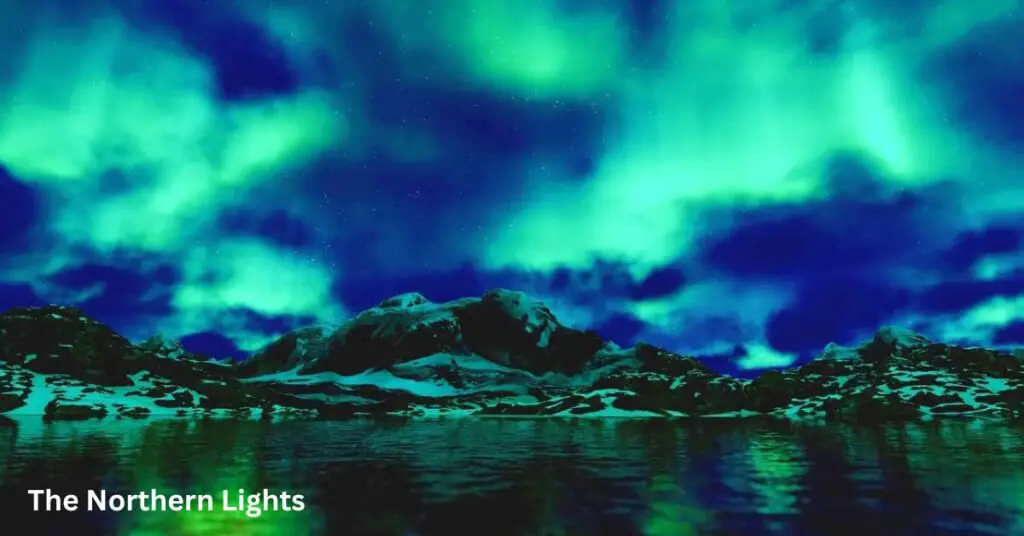
The Northern Lights, also known as the Aurora Borealis, are a natural light display in the sky that can be seen primarily in high-latitude regions around the Arctic and Antarctic. They are caused by charged particles from the sun colliding with atoms in the Earth’s atmosphere. The best time to see the Northern Lights in Iceland is between September and April, when the sky is dark and there is less light pollution. Between 10 p.m. and 12 a.m., the lights are most visible. Northern Lights viewing locations include Ingvellir National Park, Jökulsárlón Glacier Lagoon, Akureyri, the Westman Islands, and the Reykjanes Peninsula. These places have beautiful scenery, clear skies, and unique geothermal areas.
5) whale watching:
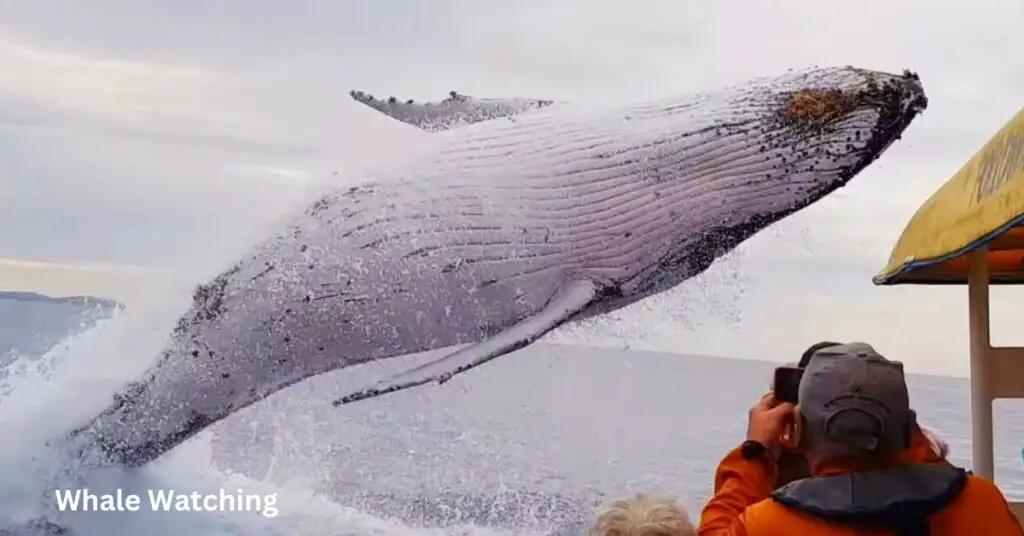
Whale watching in Iceland is an exhilarating and unforgettable experience that allows you to see these magnificent creatures in their natural environment. Whale species found in Iceland’s waters include humpback whales, minke whales, blue whales, orcas, and sperm whales. The best time to go whale watching in Iceland is from May to September, when the whales are most plentiful.
Iceland has several excellent whale watching spots, including Hsavk, Akureyri, Reykjavik, the Westfjords, and the Snaefellsnes Peninsula. The “whale watching capital of Iceland,” Hsavk, is located in Skjálfandi Bay, which is known for its high nutrient content. Whale watching tours in the Eyjafjordur fjord, a haven for humpback whales, minke whales, and orcas, are available in Akureyri, Iceland’s second-largest city.
6) Akureyri:
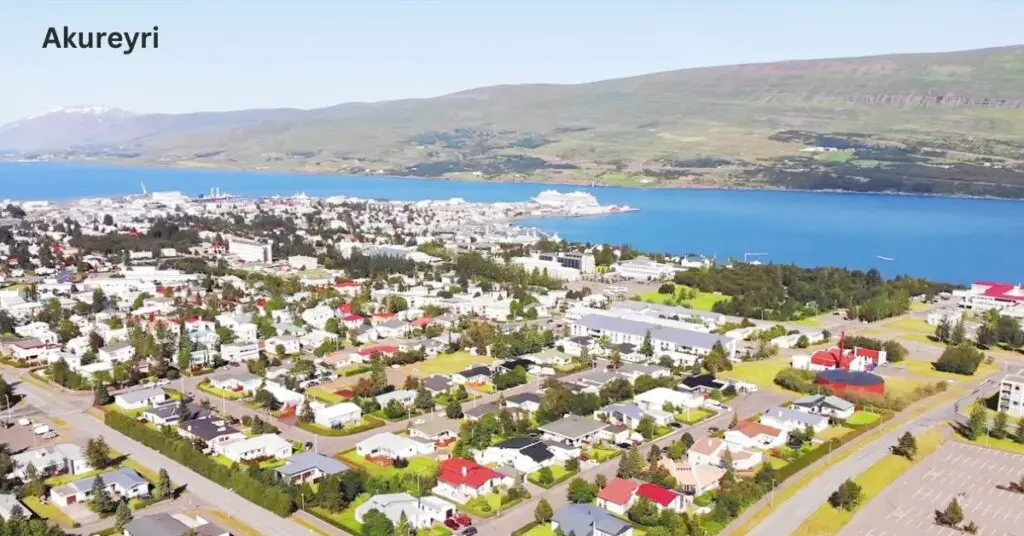
Akureyri, Iceland’s second-largest city, is known for its beautiful scenery, vibrant culture, and friendly locals. The Akureyrarkirkja, the Kureyri Botanical Garden, the Akureyri Museum, Lake Mvatn, Godafoss Waterfall, and Asbyrgi Canyon are among the city’s many attractions. The church, which is the tallest structure in the city, provides breathtaking views of the city.
The Kureyri Botanical Garden houses plants from all over the world. In addition, the city has a geothermal area with hot springs, mud pools, and geysers. The canyon is a natural wonder that is thought to have been formed by Odin’s horse, Sleipnir.
7) Skaftafell National Park:
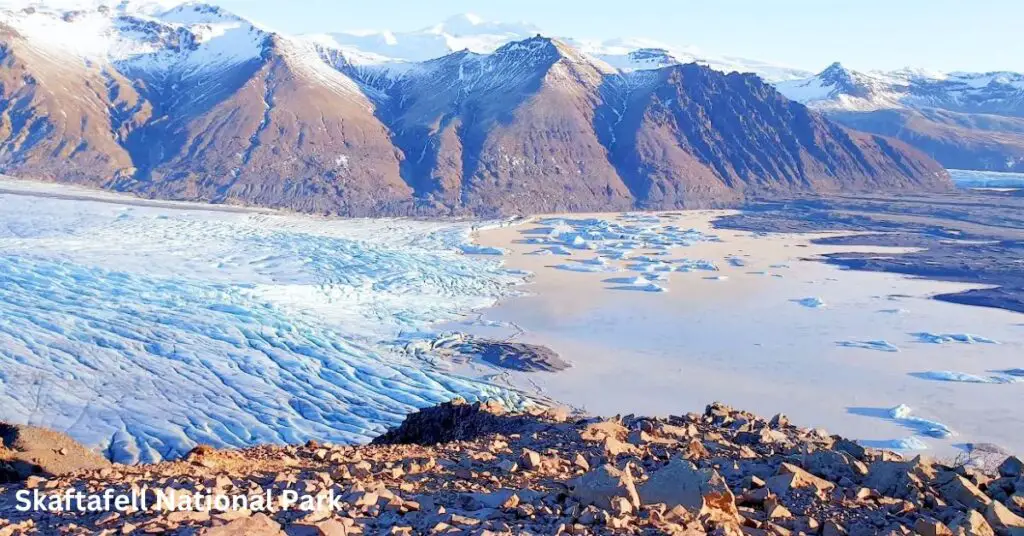
Skaftafell National Park in southeast Iceland is a natural wonder with a diverse landscape that includes glaciers, volcanoes, mountains, rivers, and waterfalls. It is a popular hiking, camping, and glacier exploration destination. There are numerous hiking trails, ranging from easy strolls to difficult climbs. Popular trails include Svartifoss Waterfall, Sjónarnpa, Kristnartindar, and Morsárdalur, all of which provide breathtaking views of the glacier and surrounding mountains. Morsárdalur, a difficult climb in the park, is also home to several waterfalls and rivers.
8) ice caving:
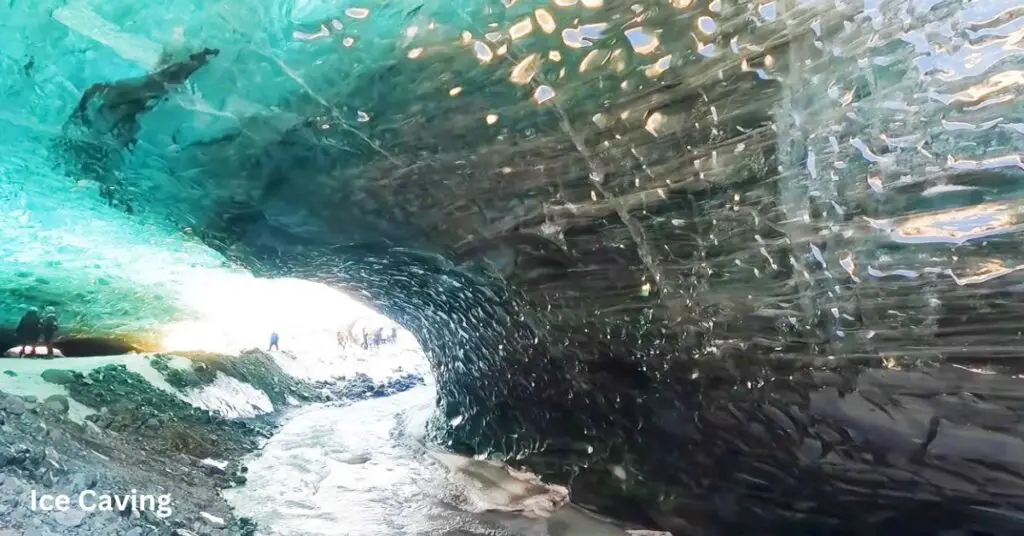
Ice caving is a thrilling adventure in which you can explore the interior of a glacier. Iceland has a variety of guided tours to suit your level of fitness and experience. Katla Ice Cave, near Vik in southern Iceland, is a popular destination known for its intricate ice formations and stunning blue colors. The Langjökull Glacier in central Iceland has both natural and man-made ice caves that are suitable for adventurers of all levels. Natural ice cave tours are available at Sólheimajökull Glacier near Vk, revealing a world of ice sculptures and crystal-clear waterfalls. Finally, the vast Vatnajökull Glacier in southeast Iceland contains a number of natural ice caves that can be explored in a variety of ways.
9) the Westman Islands:
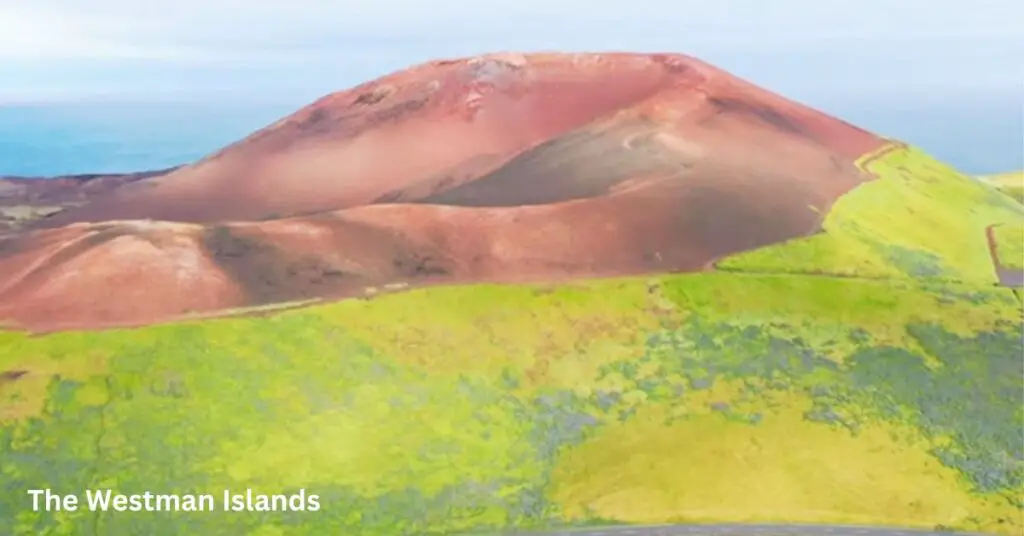
The Westman Islands are a group of islands off the south coast of Iceland known for their volcanic landscapes, black sand beaches, and diverse wildlife. Several natural attractions can be found on the islands, including the UNESCO World Heritage Site Eldheimar Museum, the newly formed Surtsey, Heimaey Island, the puffin colony, Eldfell Volcano, HerjolfsTown Viking Museum, and the Maritime Museum. Surtsey is a newly formed volcanic island, and the Eldheimar Museum displays the archaeological remains of a Viking village buried by a volcanic eruption in the 9th century. Visitors can also learn about the importance of fishing in the local community and the reconstructed Viking longhouses.
10) the Myvatn Nature Baths:
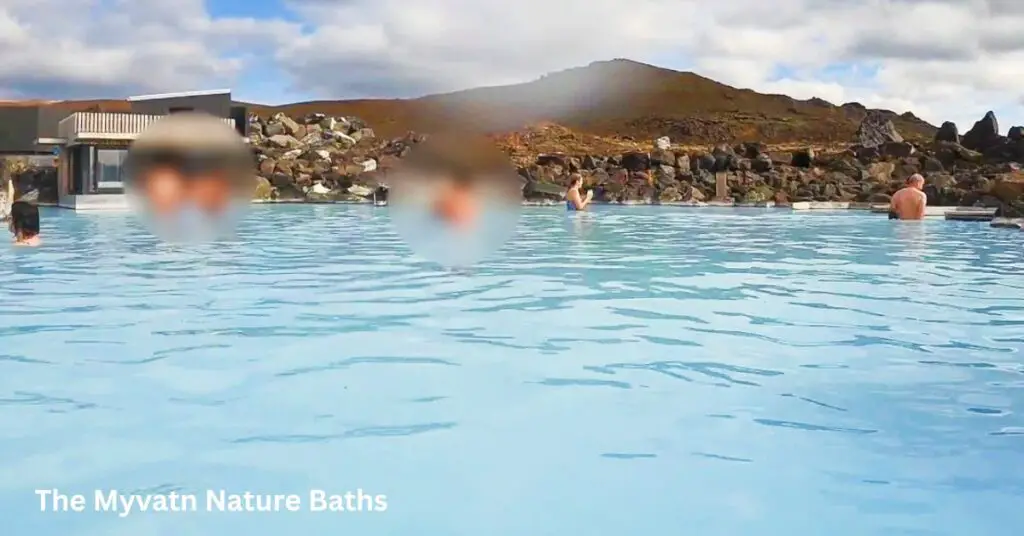
The Myvatn Nature Baths are a geothermal spa in northeastern Iceland’s Mvatn Geothermal Area. The baths are surrounded by breathtaking scenery, which includes lava fields, volcanoes, and mountains. The bath water is heated by geothermal energy and is rich in minerals that are said to be beneficial to the skin. It is a wonderful place to unwind and take in Iceland’s natural beauty. The baths are open all year and are a popular tourist destination.
FAQs
-
What is the best month to visit Iceland in 2023?
The best time to visit Iceland in 2023 is between September and March to see the Northern Lights, or between June and August for summer activities. While the best time to visit Iceland depends on your itinerary, the summer is generally the best time to visit.
-
What is the best time of year to visit Iceland?
Iceland offers different experiences throughout the year.
Summer (June–August): Midnight Sun, Comfortable Temperatures.
Autumn (September–November): Fewer crowds, vibrant fall foliage, and a good Northern Lights chance.
Winter (December–February): magical landscapes, Northern Lights, perfect for winter sports.
Spring (March–May): blooming wildflowers, milder temperatures, longer daylight hours.
-
How expensive is it to visit Iceland?
Iceland may prove to be a costly place to visit; however, with careful budgeting, one can make the most of their trip. It is advisable to plan a visit during the shoulder seasons, choose guesthouses over hotels, prepare some meals on your own, and make use of public transportation.
-
Are there any alternative activities to glacier hiking?
Absolutely! There are indeed multiple ways to witness the magnificence of glaciers. For instance, you can embark on a boat excursion at Jökulsárlón glacier lagoon or partake in a picturesque drive along the South Coast, where you’ll be treated to breathtaking vistas of glaciers.
-
Is Iceland safe for solo travelers?
Iceland boasts an exceptional level of safety, characterized by a minimal crime rate and welcoming residents. Independent solo travelers can confidently explore the country without any worries and have ample opportunities to connect with fellow travelers during tours or while staying in hostels.
-
What kind of clothes can be used in Iceland?
Ensure you are ready for unforeseeable weather conditions by wearing layered clothing that is appropriate for rain, wind, and colder temperatures. Remember to bring waterproof equipment, durable footwear, cozy layers, and a hat.
-
Can I see the Northern Lights in the summer?
Sadly, it is almost impossible to observe the Northern Lights in Iceland during the summer months due to the lengthy daylight hours.
-
Are there any family-friendly activities in Iceland?
Families may enjoy a wide range of thrilling activities in Iceland. Take a dip in geothermal springs, see whales, explore animal farms, go horseback riding, and visit interactive museums.
-
Is it possible for me to fit several activities into one day?
Combining multiple experiences in a single day is conceivable, depending on the type of activities and their duration. When creating a packed itinerary, take into account variables like journey duration and individual endurance.
-
Does the weather have an impact on these activities?
The weather in Iceland can be erratic. Certain activities may be dependent on the weather, even though many are made to function in a variety of weather situations. For updates, always consult the weather report and get in touch with the activity provider.
-
Do these activities include transportation?
Each activity has a different mode of transportation. While some might include pick-up and drop-off services, others might require you to make your own travel arrangements. For precise information, speak with the activity provider and make plans appropriately to ensure a flawless experience.
